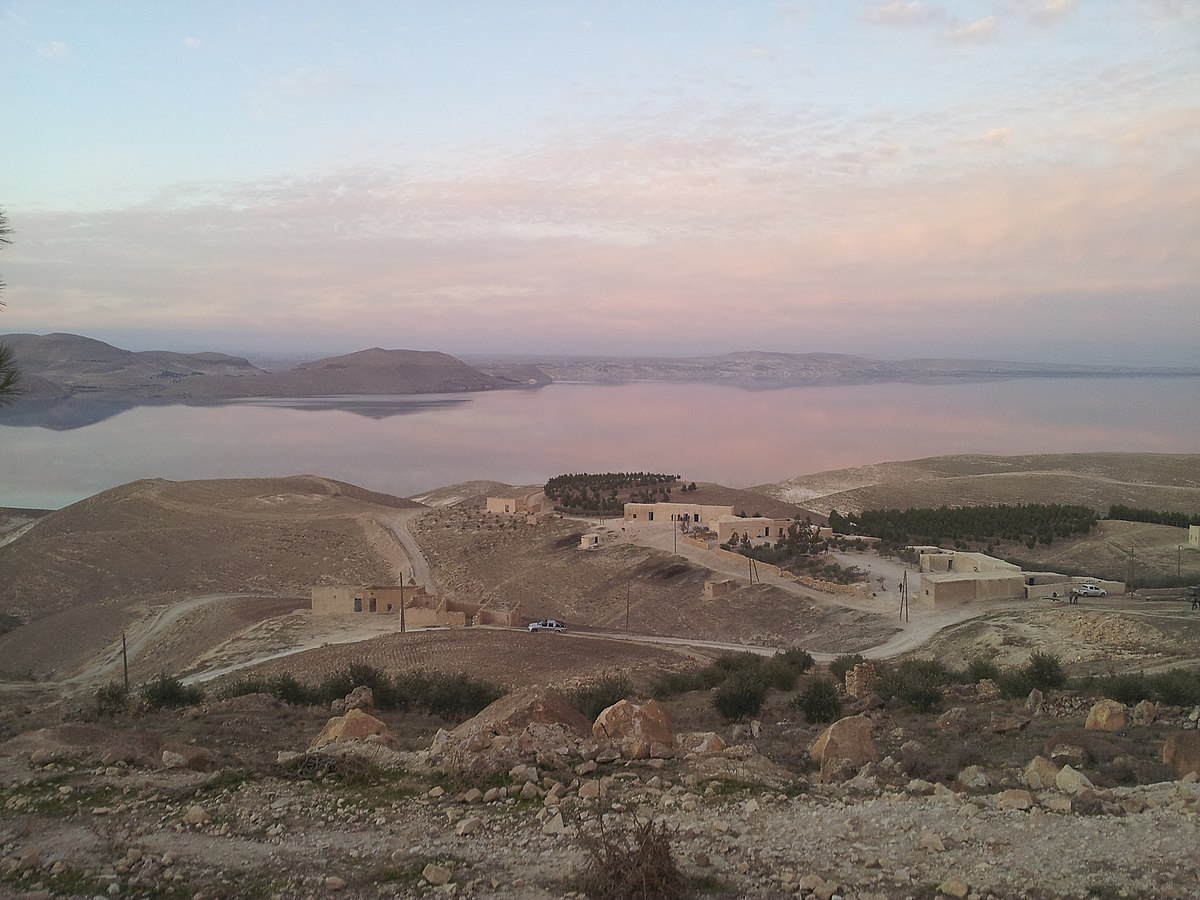While the cooperation between the Islamist Hayat Tahrir al-Sham (HTS) government in Syria and the Kurdish SDF originally made it seem like the violence in northern Syria was on the decline, a new round of fighting between those groups has led to increased tensions and concern that the situation is about to blow up all over again.
Syrian media accused the SDF of trying to infiltrate a pair of army bases in Tal Syriatel, close to the Tishreen Dam. This led to what is being called a “limited” military confrontation between the two sides, though the HTS followed by increasing the number of troops deployed in the area around Tishreen Dam in the name of maintaining security.
This couldn’t have come at a worse time for the two sides, as they are conducting joint operations in neighboring Raqqa Governorate, which is mostly under SDF control. The raids are said to be targeting remnants of the Assad government and “drug dealers,” though locals are bristling at the summary detentions of people on accusations of disloyalty.

The area around Tishreen Dam | Image is from Wikimedia
Even further to the east ISIS seems to be a growing concern, with the SDF reporting fighting against ISIS in both the Hasakeh and Deir Ezzor Governorates. One SDF fighters was also reportedly slain and another wounded in fighting in al-Bahra, in Deir Ezzor.
The HTS has made targeting ISIS a growing priority recently, with three killed in an Aleppo raid over the weekend and a large-scale anti-ISIS campaign launched in Deir Ezzor. ISIS has been launching retaliatory attacks as well, with a car bomb targeting a police station in al-Mayadin, in Deir Ezzor killing at least five.
ISIS has long been an enemy to the SDF in the northeast, and with the HTS also looking to go after ISIS it seemed like they had a common enemy. At the same time, if they start fighting with one another, it could give ISIS an opening to reassert themselves. ISIS has a long history of fighting multiple factions at once.
The SDF may consider Tishreen Dam a higher priority. The dams along the Euphrates River are a major source of fresh water and electricity in the Kurdish-dominated part of the country, which is why many of the Turkish-backed offensives aimed to seize control of them.
The Turkish offensives were seemingly over when the HTS started positioning itself around the dam, but if there are signs of a split there, Turkey’s SNA may try to exploit that to turn the HTS against the SDF and restart the fighting over the dam. Turkish officials have been publicly rather uncomfortable with the deal that would ultimately merge the SDF into the military, since it hasn’t yet extended to cracking down on all Kurdish autonomy in the country, which was Turkey’s main priority.


